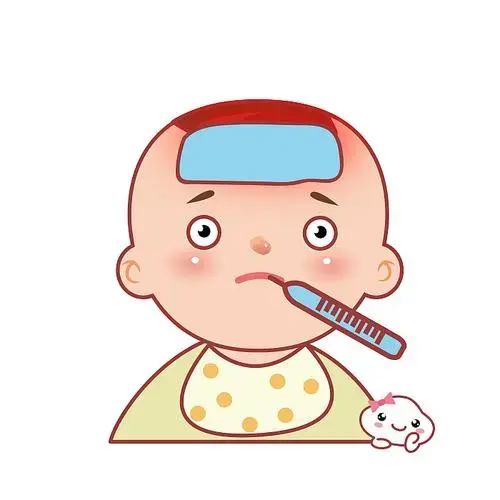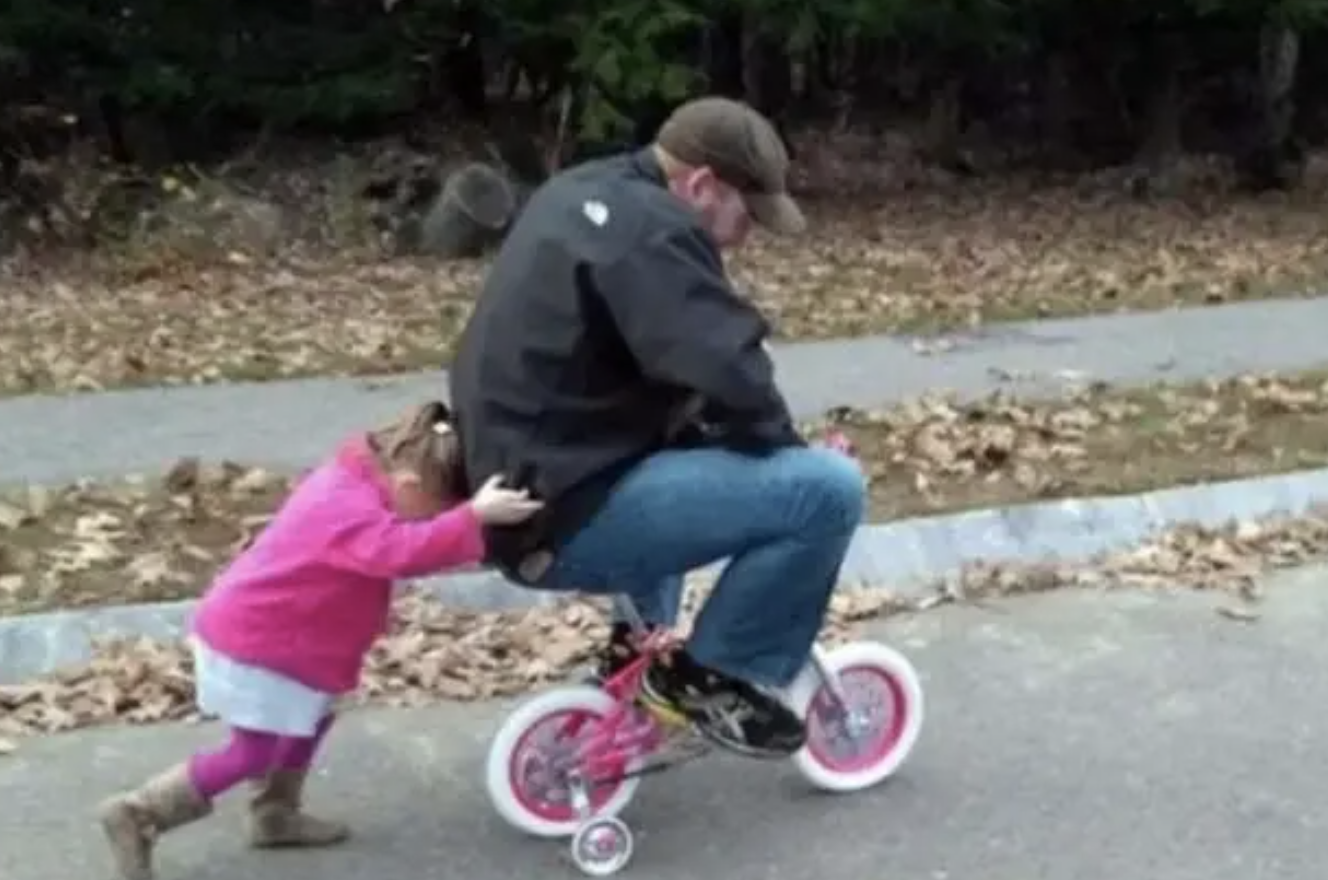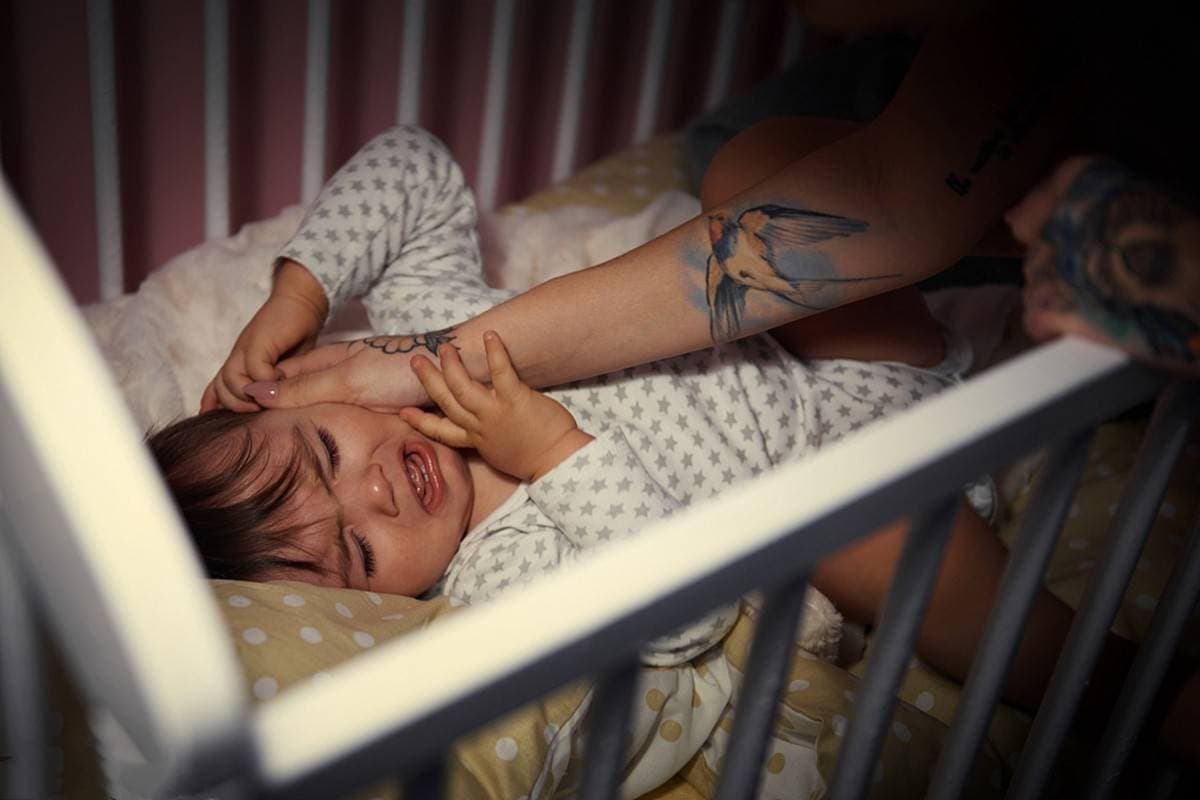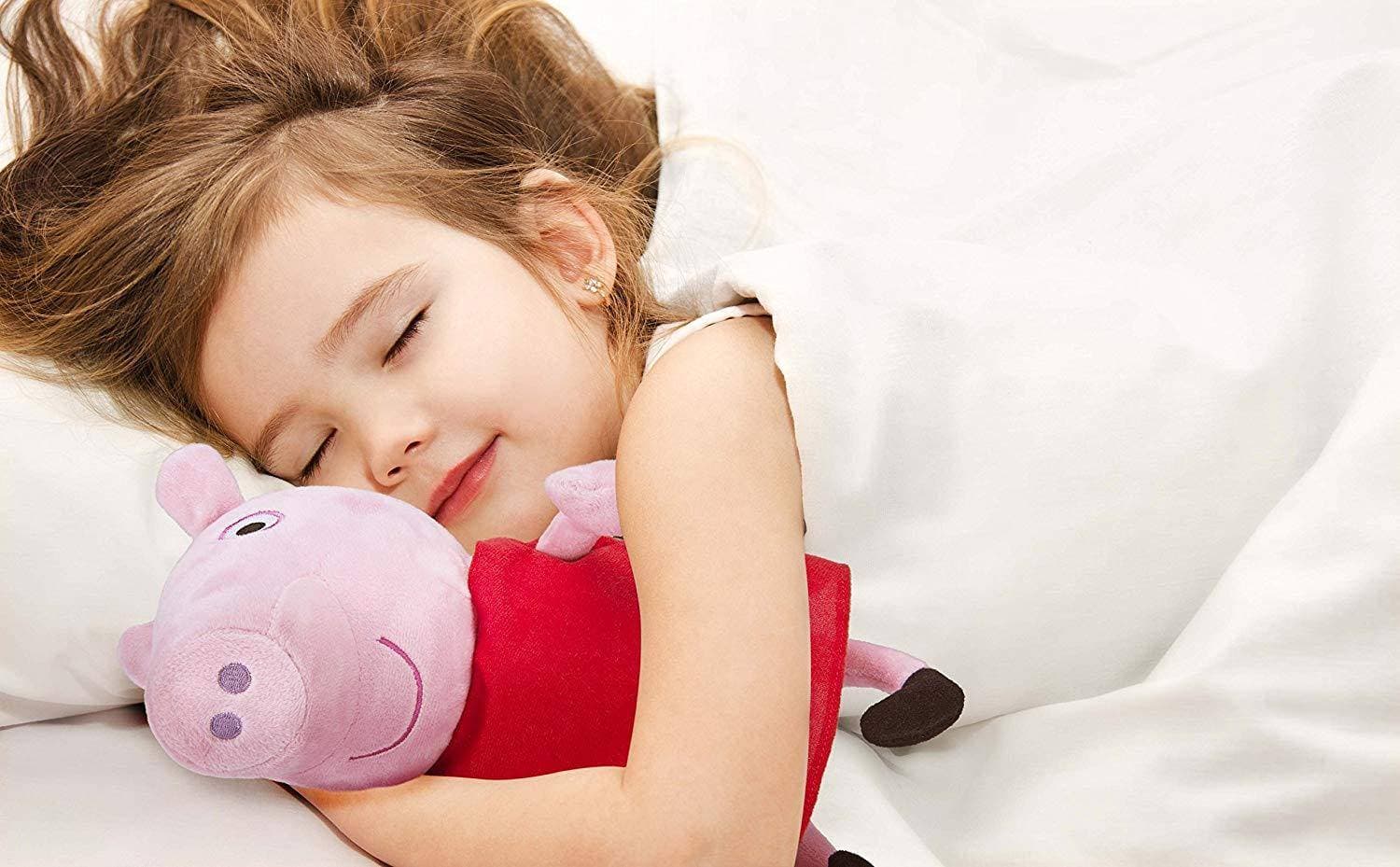Fever in children can be a cause for concern for parents, but it's important to know how to respond effectively without inadvertently worsening the situation. This article will provide expert advice on managing a child's fever, ensuring their well-being and timely treatment.
One thing to keep in mind is that fever is a symptom, not a disease itself. It is the body's defense mechanism against infection and serves as an indicator of an underlying illness. In some cases, a low-grade fever can actually enhance the body's immune response and help fight off the infection. Therefore, it's not always necessary to immediately administer fever-reducing medication when a child has a temperature below 38.5 degrees Celsius (101.3 degrees Fahrenheit). Instead, focus on physical cooling methods and ensuring adequate hydration to prevent dehydration.
However, if a child exhibits persistent high fever (above 38.5 degrees Celsius), along with symptoms such as excessive crying, poor responsiveness, frequent vomiting, or altered consciousness, it is crucial to seek medical attention promptly. These signs may indicate a more serious condition that requires immediate evaluation and treatment.
Proper techniques for physical cooling include undressing the child to facilitate heat dissipation, maintaining a room temperature of 21-24 degrees Celsius (70-75 degrees Fahrenheit) with regular ventilation, and using lukewarm water or a damp cloth to wipe the child's body. Pay special attention to areas with major blood vessels, such as the neck, armpits, groin, arms, and legs, as cooling these areas can help regulate body temperature effectively.
Here are some recommended physical cooling methods:
- Encourage adequate fluid intake: Fever causes increased fluid loss through sweating, so it's important to offer small, frequent sips of warm water or oral rehydration solutions to prevent dehydration. Avoid high-sugar or high-osmolarity beverages like bottled fruit juices or fruit milk, as they can further burden the child's gastrointestinal system.
- Dress lightly: Dress the child in lightweight clothing and avoid excessive blankets or covers to promote natural heat dissipation.
- Foot soaking: Soak the child's feet in lukewarm water for 15-20 minutes to induce sweating and aid in temperature reduction. Ensure the water temperature is comfortable and not too hot.
- Lukewarm water wiping and bathing: Use lukewarm water to wipe the child's body, focusing on areas with major blood vessels. If necessary, a lukewarm bath can also be given to help regulate body temperature.
It's important to note that rubbing alcohol or spirits should not be used for wiping the child's body. Although alcohol evaporates quickly, it can have adverse effects, including skin irritation and absorption into the bloodstream, leading to alcohol poisoning.
If a child's fever persists for more than three days or if their condition worsens despite physical cooling and appropriate medication, it is crucial to seek medical attention. Prolonged fever may indicate an underlying infection or other complications that require further evaluation and targeted treatment.
In cases of recurrent fevers, it is essential to identify the underlying cause and treat it accordingly. This may involve conducting laboratory tests to assess immune function and trace elements. Common causes of recurrent fevers in infants and young children include viral infections, bacterial infections, and mycoplasma infections. Identifying and addressing the underlying cause is crucial for effectively managing recurrent fevers.
As a responsible parent, it's essential to educate yourself about fever and its management. Understanding why fever occurs, the body's natural defense mechanisms, and appropriate treatment options can help you make informed decisions. Additionally, having a basic understanding of when to seek medical attention and the potential complications associated with high fever can ensure timely intervention and prevent further complications.
In conclusion, managing a child's fever requires a balanced approach that combines physical cooling methods, appropriate medication when necessary, and timely medical evaluation. By following these expert recommendations, parents can ensure their child's well-being and promote a speedy recovery.




